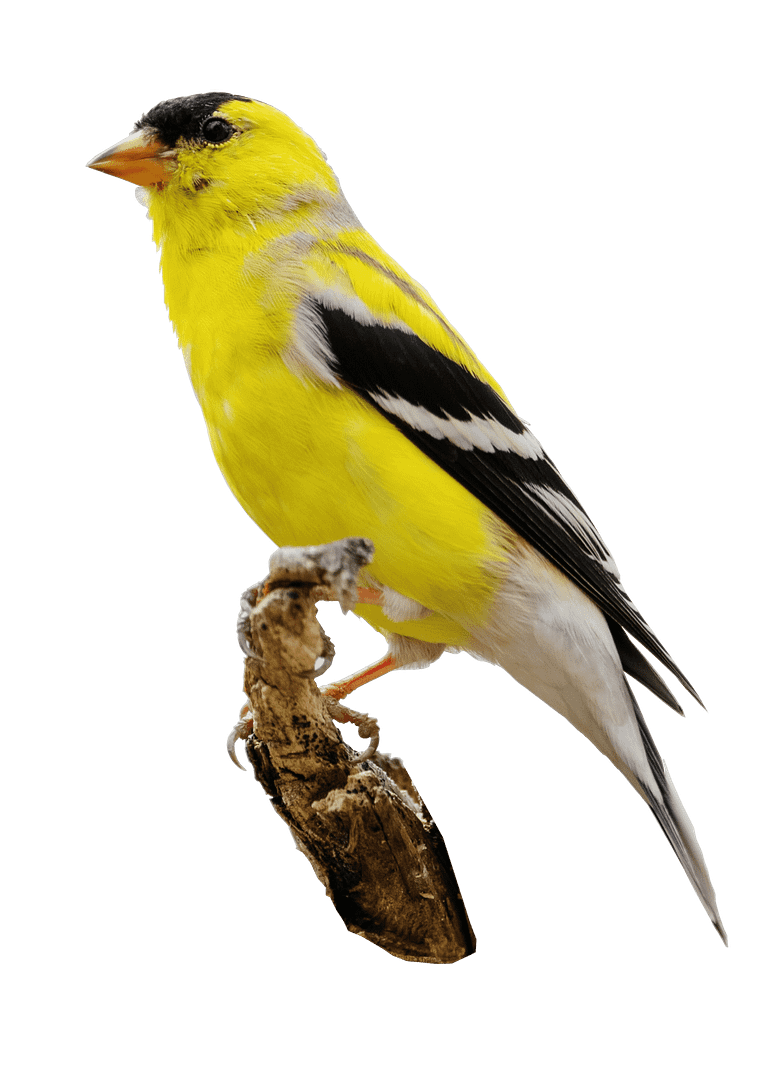My First Somatic Experience
(If you prefer to watch, check out my video on YoutTube!)
Around four years ago, I experienced my first heartbreak following a break-up. Back then, I was definitely mostly led by the left side of my brain, so I had no real understanding of what emotions were, their role in our lives, or how to process them. Around that same time, my step-dad, knowing of my interest in spirituality, recommended the book The Untethered Soul to me. After reading the description on the back of the book, I was interested enough to dive in and start reading. As I did, things I had experienced throughout my life started making sense. Or at least I thought they did.
Throughout the book, the author, Michael Singer, repeats, reiterates and reinforces the fact that the only reason any of us suffer is because of our tendency to close when we don’t like something. The cure to that, he says, is simply to stay open. If you experience positivity, stay open. If you experience negativity, stay open. Regardless of what happens, stay open.
Upon my first read-through of this book, I thought this meant: if you experience good, be happy; if you experience bad, be happy. Regardless of what happens, be happy. And it made logical sense, too – how could you ever not be happy if you make the conscious decision to always feel happy? So that’s what I tried to do.
Within less than two weeks, I experienced my first ever anxiety attack.
A day later, I experienced my second. And this time it was worse. This time I felt like I was going to black out. So I lied on the floor, short of breath and paralyzed. For probably close to 10 minutes, I lied there, willing myself to breathe as deeply, slowly and steadily as possible.
Finally, the sensation of nearly blacking out subsided enough for me to be able to get up and tell my parents what I just went through, though I didn’t know enough back then to know that it was an anxiety attack. Luckily, nothing more came to pass that day, but when I awoke the next morning, I could feel my chest was tight and my lungs were restricted. But, probably because I realized that this was exactly the way I felt immediately before my first two panic attacks, something in me knew what I had to do.
So, without telling anyone, I hopped on a bike and rode out to somewhere where I could be alone. And almost the moment I felt like it was safe to do so, I started crying. A lot. Probably at least an hour passed before I felt like I could pick myself back up and ride back to the house. I don’t think I had ever cried that much in my life.
On the ride back, though, I noticed something: my breath was coming a lot easier now, the tightness in my chest had faded, and my mood had improved. And it was with that experience under my belt that I forged onward after my breakup, recalling it whenever the grief felt like it was too much for me to handle.
I told you guys that story because it’s the first time I remember personally experiencing somatization, though, again, I didn’t know what that word meant at the time or that it even existed. I think this was also the moment when I realized what Michael Singer truly meant when he said to always stay open, no matter what you’re experiencing in life. What he was advising wasn’t to grasp onto happiness regardless of what’s going on in your life. It was to process, honor, accept and love all your emotions, regardless of any preconceived ideas of what they are or what they reflect about you as a person.
Of course, this was only the start of my journey, so I still had a lot to learn.
Since then I’ve learned more about not only myself, but also about different modalities for working through and releasing your emotions. I’ve learned a bit about Qi Gong, acupuncture, and acupressure – all of which fall under the umbrella of traditional Chinese medicine (TCM) – and somatic therapy, which I think of as kind of like the Western take on TCM and other Eastern modalities. I’ve learned more about the chakras, the different ways our bodies release emotional energy and the different metaphysical bodies and I’ve also learned a little about reiki and deepened my practices of yoga and meditation, both of which support all of the other practices and modalities I just mentioned. Because they’re all ultimately just different approaches to the same thing.
Lesson 5:

Photo provided by Mark Olsen on Unsplash
